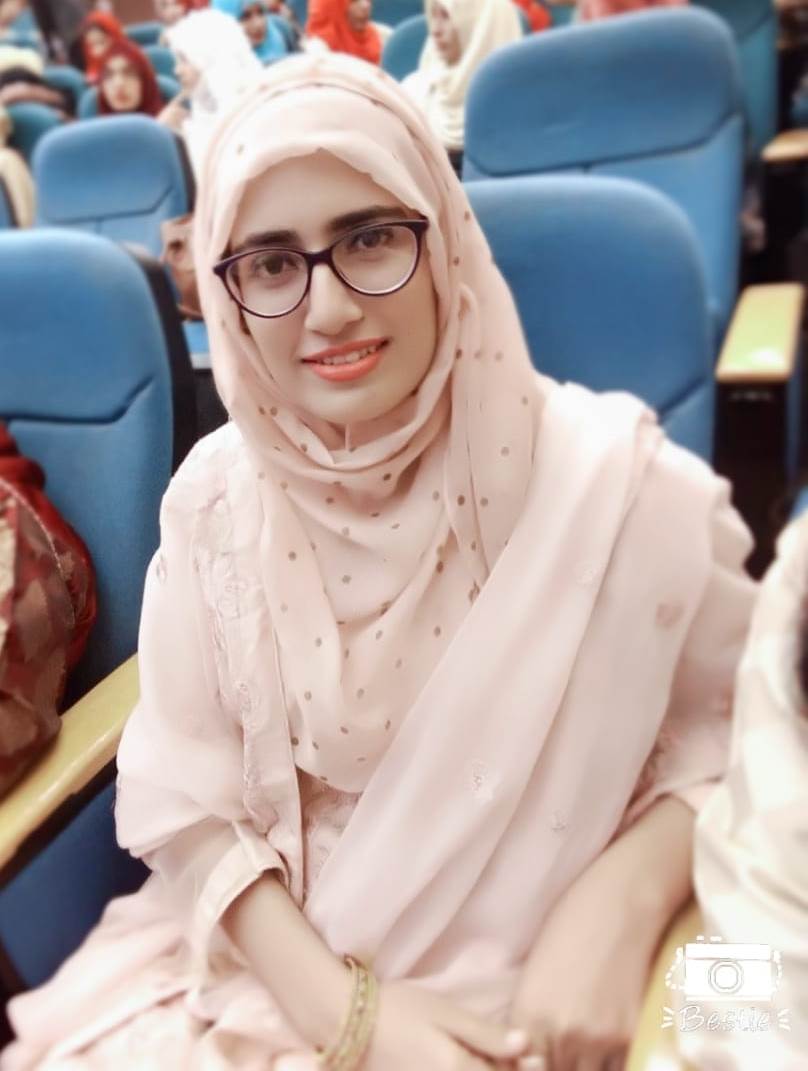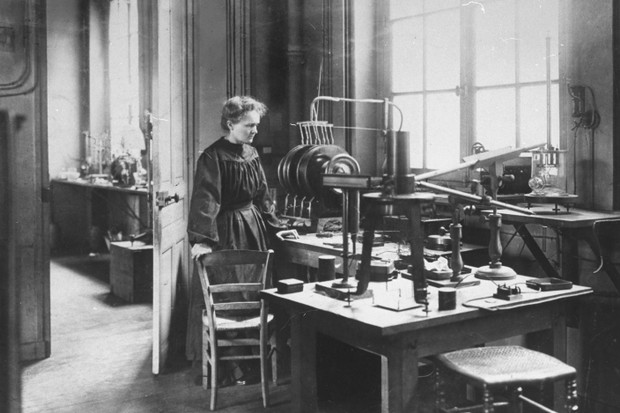Marie Curie is truly a pioneer who helped pave the way for women in science. She roared the world in an era when there were almost no women in Physics. Marie dedicated her entire life for the progress and betterment of humanity. Her life offers perception into the changing role of women in science and academia over the past century.
Marie Skłodowska Curie, the fifth child in the family, was born on November 7, 1867, in Warsaw, Poland. Her parents were both teachers; her mother was a school principal, and her father taught science. Marie was a bright and curious child with a great gift for different languages and an extraordinary memory. Marie lost her sister at the age of 11, and after four years, her mother died after affected by another disease. She won a gold medal at the age of 16 on the completion of her secondary education at the Russian Icyee. At that time, there was no university in Warsaw, and even in Poland that was admitting women.
Marie’s father didn’t have the means to send her to Paris for higher studies; locally, there were few universities accepting women. At her 18, she served as a governess to earn money for further studies. After a long period of hardship, she joined Sorbonne University in Paris and studied Physics and Mathematics. Through her insatiable appetite for learning, she had discovered her love for science. Marie started a study on the magnetic properties of steel. She struggled with her experiments but couldn’t get adequate results. Here, she met Pierre Curie, an expert in magnetism. They got married on July 26th, 1895.
At the School of Chemistry and Physics in Paris, the Curies became research workers. They kick-started their work into invisible rays given off by Uranium, a phenomenon identified by professor Henry Bacequerel. While studying Uranium rays, Curie said that these rays were independent of Uranium’s form and depended on its atomic structure. A new field of study, “atomic physics”, was created through her theory, and she coined the term radioactivity. Both Marie Curie and Perrie Curie discovered two radioactive elements, Radium, and Polonium through their work with pitchblende. In 1902, Marie isolated radium, determining its atomic weight as 225.93. The journey to the discovery was daring and long.
In 1903, Marie Curie, along with her husband, won the Nobel Prize in Physics for their work on radioactivity. She was the first woman to receive a Nobel Prize. Pierre was killed in an accident just after three years of winning the Nobel Prize. In the time of hardships, Marie continued her research work. Moreover, she was offered Pierre’s teaching position at Sorbonne. She was the first woman appointed as a professor at a French university at that time. In 1911, she won another Nobel Prize in Chemistry, and by winning this prize, she became the first person to win the award twice.
Marie Curie made a great contribution to the fields of physics and chemistry, along with medicine. By studying x-rays and x-ray machines, at the time of World War I in 1914, she made advances in this field. She worked on an x-ray machine discovered by William Roentgen, a German physicist, and used her newly discovered radium to be the gamma ray source of the x-ray machine. In this way, during the time of World War I, she helped and saved many lives through her work.
Marie wasn’t aware of the fact that radium is a harmful radioactive element. It is said that she used to carry radium tubes in her pockets. Years of close contact with harmful radiations made her suffer from leukemia. These harmful radiations took their toll, and she passed away on July 4th, 1934. Even a century later, her notebooks are still radioactive. Following her parents’ footsteps, Marie and Pierre’s elder daughter Irene was awarded a Nobel Prize in 1925, in the field of artificial radioactivity and her contribution to the discovery of neutrons.
Marie Curie’s legacy continues to this day. Various research institutions have been named after her, including Pierre and Marie Curie University in Paris. The Marie Curie Charity was established in 1948 and continues to provide care for people with life-limiting illnesses. Marie Curie is a wonder woman who shaped the world we live in. She is still one of the world’s most famous scientists, remembered not only for the excellence of her science, but also for her passion for science, her battles to allow women scientists to take their place alongside their male colleagues, her ability to convey science to the non-scientist, and her role in changing education for women.
References:
https://www.livescience.com/38907-marie-curie-facts-biography.html
https://www.nobelprize.org/prizes/physics/1903/marie-curie/biographical/
https://www.thenewatlantis.com/publications/the-marvelous-marie-curie
Also Read: Goddard’s Legacy on Space Exploration


